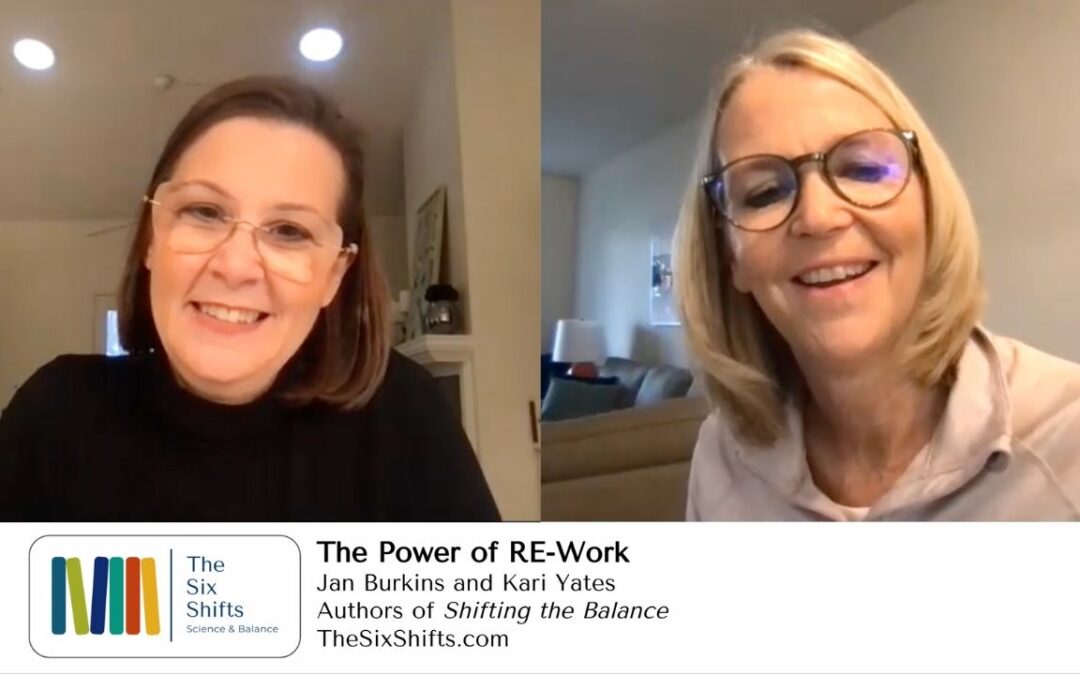Ahh, the little prefix RE- ! Small but mighty!
We’re believers in fresh starts and REvised approaches.
We’re advocates of taking stock and REevaluating.
And in both our personal and professional lives, January has been a time of RE- for us.
REflecting on how we have grown and changed over the last year.
REnewing our commitment to better eating habits.
REvisiting routines for balancing work and home.
REkindling relationships that have taken the backseat to our work.
REconfiguring the way our days unfold.
REprioritizing movement as a counterpoint to sitting in front of a computer.
And even getting intentional about REfusing. Learning to say NO to things that don’t energize us.

We notice that much of this RE- work takes energy, focus, and even a bit of courage. Maybe that’s because the very essence of RE- is doing something again. To go back. To take another run at it. To humbly REcognize that the current state may not be what we really desire.
What about you? What RE- work might be important to you right now?
Here’s a list of some of our favorite RE- words.
Which ones call to you?
| REflect
REthink REvisit REview REmove REfresh REcognize |
REstore
REjuvenate REbuild REspond RElease REverse REcollect |
REcover
REstore RElax REcharge REkindle REfuse REpair |
REassure
REmember REorient REsearch REconnect REconfigure REinterpret |
If you’ve read our book Shifting the Balance: Six Ways to Bring the Science of Reading into the Balanced Literacy Classroom, you already know that it, too, is about some RE- work. It’s about taking stock. It’s about REclaiming beloved practices that still hold up to scrutiny. It’s about REthinking some closely held practices and beliefs that maybe aren’t as strong as we originally thought. And it’s about letting go of some ineffective practices in order to make room for some that are more effective. The book was a REsult of our deep dive into the REsearch (to search again?) into brain-friendly instructional practices for teaching reading.
We realized from the beginning that the work we would share in the book would require educators to do some REmodeling of instructional practices. So, each chapter is designed to set up specific REflection and REvision opportunities–and even starts with a specific REaction–for making learning to read easier (rather than harder) for children:
- Shift 1 – REthinking how reading comprehension begins
- Shift 2 – REcommitting to phonemic awareness instruction
- Shift 3 – REimagining the way we teach phonics
- Shift 4 – REvising high-frequency word instruction
- Shift 5 – REinventing the ways we prompt students while reading
- Shift 6 – REconsidering texts for beginning/struggling readers
So, what are you ready to RE- in the coming year? RE’d love to hear from you. 😊
And if you’re looking for some encouragement for this journey, we invite you to REvisit The Six Commitments, written to help us take care of ourselves, and each other, as we engage in this critical, but sometimes challenging REnewal of practices.
Watch the video that goes with this post HERE.



